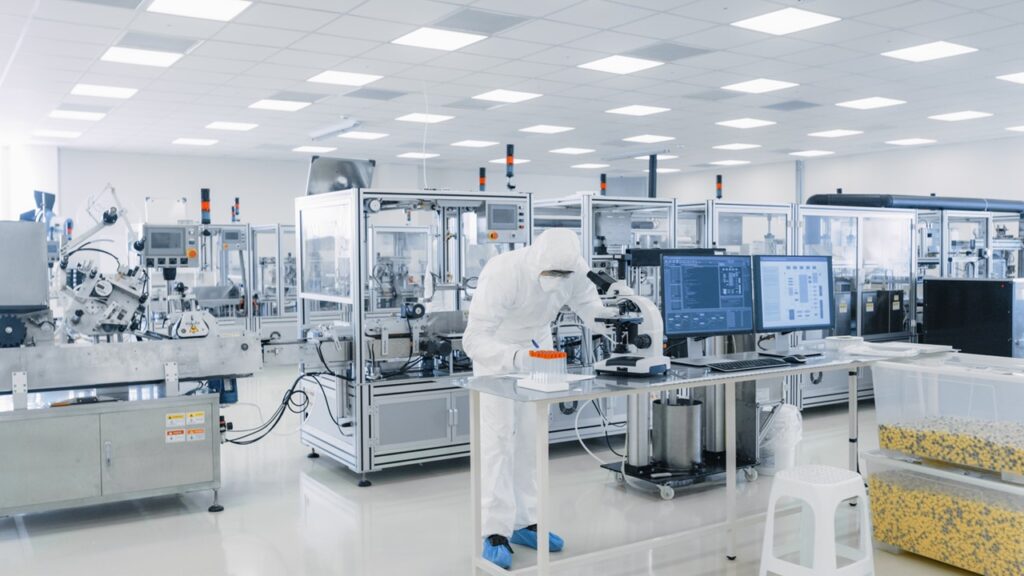Stem Cells and Beyond – The Evolution of Regenerative Medicine Research Program
Regenerative medicine, a groundbreaking field at the intersection of biology, medicine, and engineering, has undergone a remarkable evolution over the years. Stem cells, with their unique ability to differentiate into various cell types, have been at the forefront of regenerative medicine research, but this field has expanded far beyond stem cells. In this article, we will explore the evolution of the Regenerative Medicine Research Program, highlighting the journey from stem cells to the latest innovations and promising avenues in the realm of regenerative medicine. Stem cells have played a pivotal role in regenerative medicine research since its inception. Embryonic stem cells, derived from early-stage embryos, were among the first types of stem cells to be extensively studied. They held the promise of being pluripotent, capable of becoming any cell in the human body. However, ethical concerns and the risk of teratoma formation limited their widespread use. Over time, researchers fine-tuned techniques to differentiate stem cells into specific cell types. This approach offers hope for previously untreatable genetic conditions, such as sickle cell anemia and muscular dystrophy.

This led to breakthroughs in the treatment of degenerative diseases like Parkinson’s and heart failure, with the transplantation of stem cell-derived neurons and cardiomyocytes. The ability to create functional tissues in vitro and explore potential therapies using these models marked a significant milestone in regenerative medicine. Beyond stem cells, UTSA DRS regenerative medicine has branched out into several exciting avenues. Tissue engineering, a subfield of regenerative medicine, focuses on developing biomaterials and scaffolds that can support tissue regeneration. These scaffolds can be seeded with stem cells or other specialized cells to create artificial organs, such as synthetic bladders and tracheas, that can be transplanted into patients. Additionally, 3D bioprinting has emerged as a cutting-edge technology, allowing the precise deposition of cells and biomaterials to build complex tissues and organs layer by layer. Another promising area is the use of exosomes, tiny vesicles released by cells, for regenerative purposes. Exosomes contain bioactive molecules that can promote tissue repair and regeneration. These nanoscale messengers can be harnessed to treat a variety of diseases, including those affecting the nervous system, heart, and joints.
Regenerative medicine is also making strides in the field of immunotherapy. Engineered immune cells, such as CAR-T cells, have demonstrated remarkable success in treating certain types of cancer by targeting and destroying cancer cells. The principles of regenerative medicine, such as manipulating cells to enhance their therapeutic potential, have been instrumental in advancing this area. Moreover, regenerative medicine research is exploring the potential of personalized medicine. By using a patient’s own cells to create personalized therapies, the risk of rejection is minimized, and treatment outcomes are optimized. Regenerative Medicine Research Program has come a long way from its early focus on stem cells. From tissue engineering and 3D bioprinting to gene therapy, exosomes, immunotherapy, and personalized medicine, this field is evolving rapidly. The potential to revolutionize the treatment of degenerative diseases, genetic disorders, and cancer is driving research and innovation in regenerative medicine. As we continue to explore and refine these cutting-edge techniques, the future of regenerative medicine holds immense promise for improving human health and quality of life.